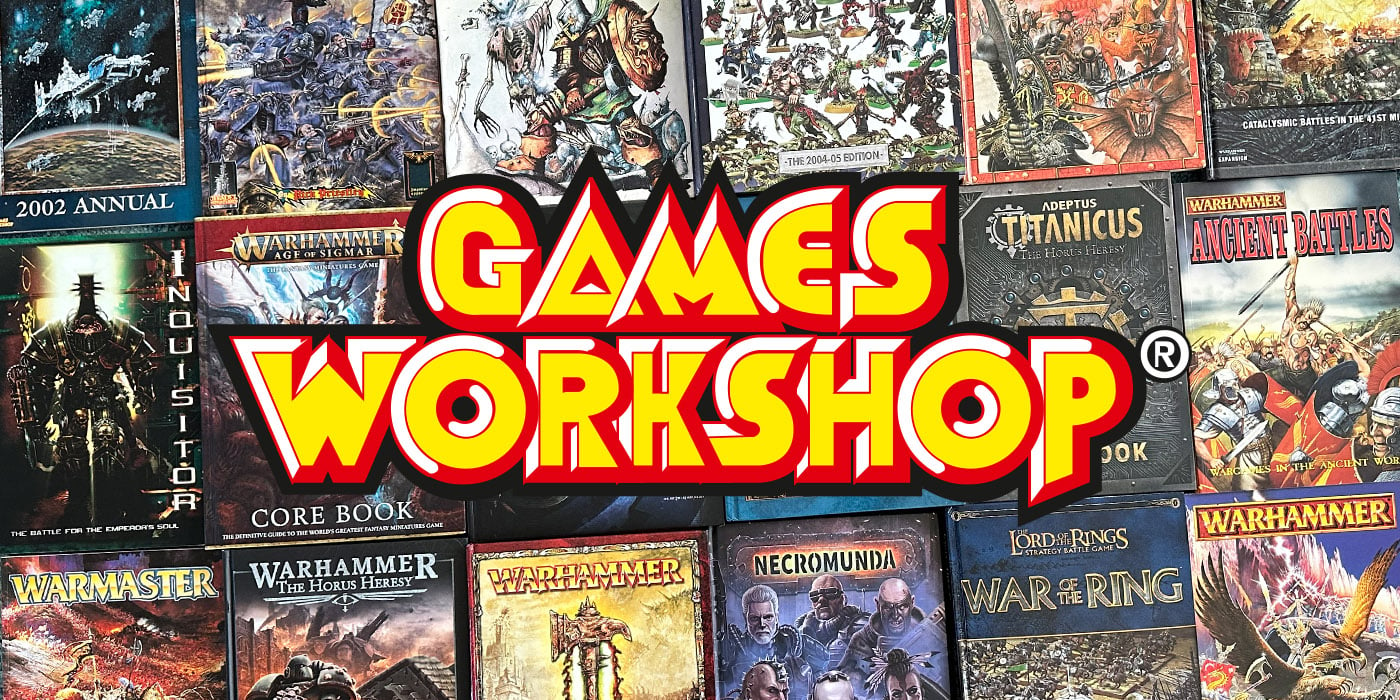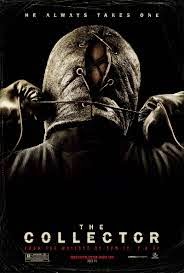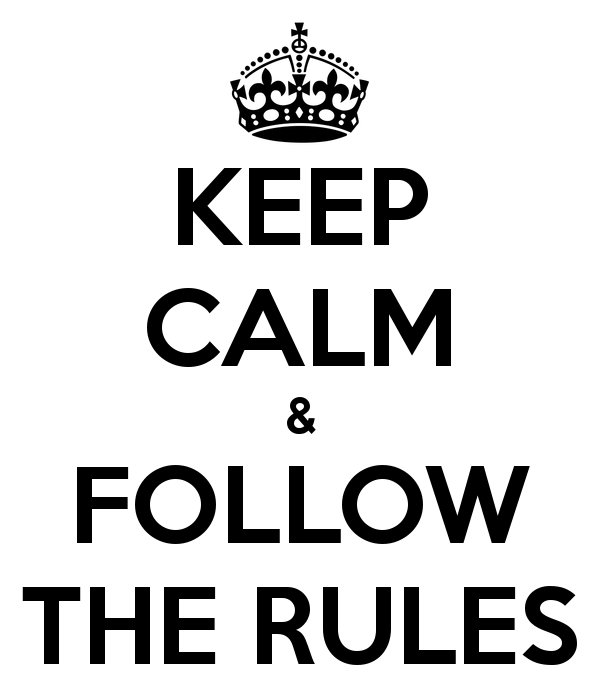So GW – You Still Think You’re JUST a Model Company, Do You?

Reecius here from Frontline Gaming to say I think it’s time to reassess the status quo.
So we all know the stance GW typically takes on their philosophy as a company: they are a miniatures company, not a game company. Odd stance to take for a company called Games Workshop, but semantics aside, I believe that the time has come to readjust this perspective.
So who am I and why should anyone care about my opinion? Most of you know me as a blogger here and on Faeit as well as our home turf over at Frontline Gaming. We also own a brick and mortar game store, run events around the Western USA such as the recent Las Vegas Open, have a full line paint and terrain studio, and follow the industry closely. We also manufacture our own product line, our very popular Gaming Mats with plans to expand into a wider range of products!
So what, you may be saying? That wasn’t bragging at all, just an attempt to show that we are industry professionals, not just laymen with an opinion. That said, we don’t claim to be the last word in the miniatures game nor are we anywhere near the level of GW. Say what you will about their decisions, they have been leading the industry for 30+ years. Any critiques we offer here are done so humbly and as retailers that sell their product as well as life-long lovers of what they make.
The Only Thing Eternal – is Change
So, that aside, why do I say it may be time to rethink the old adage that GW is a miniatures company and not a game company? Because the marketplace has been changing. The recent study shown here, which is a collection of industry sales estimates and opinions of professionals, show a dramatic change from times past when GW would dominate. Now I know folks will disagree with this based on anecdotal experience and what they observe in their own stores, etc. The fact is though that while GW is still the 600lb Gorilla in the corner of the room, they are no longer the only show in town. Now while this one study doesn’t prove anything definitively, it is one more piece of a larger puzzle.
GW does make beautiful models. I love them. We all do. However, that is no longer enough. As I have said many times, the trifecta of a great miniatures game is compelling fluff to keep a gamer interested in the setting, beautiful miniatures to evoke a desire to collect and paint them, and elegant rules to create a fun, balanced environment in which to use the models and play out the fluff. GW nails two of those three categories. Amazing miniatures, one of the best SciFi settings I have ever encountered in 40K, but the rules are really where they fall short. Fantasy has a cool setting but, it is a bit blase and a pretty blatant mash-up of Moorcock and Lord of the Rings. 40K definitely started as a similar animal but really has evolved into its own, very cool and unique beast.
If we look at the games that are gaining market share on GW, they often do not have as good of miniatures or fluff. For example, one of the most common things I hear form Warmahordes converts that were former GW players (and that is a growing demographic right now. As I type this our shop is full of Warmahordes players that were former, dedicated 40K players) is that they may not like the minis as much with Warmahordes, or the fluff, but they appreciate a game with a tight rule set that supports their community and cares about game balance.
Another example is Infinity which is growing rapidly in popularity here. Infinity has stellar models, no doubt, but they do not have the amazing multi-part plastic kits GW has. They do have some very compelling fluff, too, and a rule set that while not perfect, does make strides to create a balanced gaming environment. They make the effort to balance their game. That matters a lot with the customer base.
As a counter-point to this, let’s look at Fantasy. Warhammer Fantasy is an incredibly long-lived, respected name in the miniatures industry. Fantasy has absolutely stunning minis. Seriously, the recent Fantasy releases are just stellar with huge, compelling kits that can be built multiple ways, gorgeous infantry, monstrous cavalry, etc. Whenever we paint a Fantasy army in our studio I am always blown away by the kits. However, Fantasy has been steadily losing market share. If the beauty of the models really was the deciding factor when making purchasing decisions, then Fantasy should be doing very strong. However, that is not the case. I know the reason I quit playing Fantasy in 7th ed was when the unholy trinity of Daemons/Dark Elves/Vamps hit the scene, the game went so absurdly out of balance that I had no desire to play the game anymore as it felt like a futile use of my time.
That is just my personal experience with Fantasy and I am sure others will disagree. However, I also know a lot of folks share that sentiment and left the game around the same time. When 8th dropped, it really dramatically changed the game, encouraging huge units and uber-destructive magic, we saw a lot more vets leave the game. Again, anecdotal evidence which some folks will disagree with, but the point here being that even the gorgeous models were not enough to earn my and many other gamers’ dollars as a consumer. A Fantasy army can be pretty expensive to collect and takes a lot of time and dedication to finish as they can have very high model counts. Why would I make that investment, even if I really did love the models, when the game was not fun to play? Particularly when it felt like the company really didn’t care at all about fixing the problems with balance. Again, I am sure that not every employee at GW feels that way, and that many of them really do care bout the balance of their game, but it certainly isn’t communicated to us as consumers that that is the case.
Collectors & Players
Unless you were truly just a collector of miniatures, the choice to put your hobby dollars into a game that you perceived to be more enjoyable is an easy one. And this is why, in my opinion, we see the younger games growing so quickly while the pedigreed Fantasy is experiencing a downturn in popularity.
So how much of the market really are just collectors? I know I am a gamer first, but that is just me. I do not pretend to think that everyone feels the way I do. I don’t have any market research to make a definitive statement one way or the other, but my impressions as an individual that is REALLY involved with communicating with the community, is that most hobbyists are somewhere in the middle between the hardcore gamer and hardcore collector/painter. Most hobbyists in this industry love collecting and painting the miniatures, exploring the fluff and playing the game. While we all may favor one of the aspects above another, there is typically not an enormous disparity in balance between those three categories. It is the outlier that only focuses on a single aspect of the hobby to the exclusion of all other aspects.
So in my mind, it seems odd that a company would choose to market themselves as a miniatures company when to my knowledge, their customer base buys the models to play the game. Of course, my perception on that topic could be wrong, perhaps there really are four collectors that do not interact with the community much–if at all–for every one gamer that buys the models to collect, paint and game with. However, our experience as game store owners, event organizers, and bloggers has been quite the contrary. We have found for every one customer that buys models only to paint and collect, there are at least four that buy them to play the game. Again, that is not definitive evidence, but ever other retailer/hobbyist/etc. that I have spoken with on the subject says the same thing.
And, on top of that, the hardcore gamers in our experience spend far more money than the hardcore hobbyists. Those gamers that are chasing the meta and building a new army for every other tournament, or significantly adding to their existing army for the same purpose, drop a lot more cash in the pursuit of fine tuning their army on a month by month basis than the hardcore hobbyist that buys a kit or two a month to paint and put on the shelf for display. Again, that may not hold true in other’s experience and we do get the occasional hobbyist that collects damn near every model for every army regardless of their rules, but in our experience that is certainly the exception to the rule. For us, the veteran tournament gamers consistently spend more money then the veteran hobbyist.
Rules Matter
So again, why would you as a company seem to disregard such an important part of your product? As retailers, I can say that models with “good” rules sell many, many times more than models that are aesthetically pleasing but not perceived to be powerful or good on the table. A perfect example of this is the Wraithknight for Eldar and the Crimson Hunter/Hemlock Wraithfighter. The Wraithknight sells like hot cakes as it is both a beautiful model and very good on the table. The Crimson Hunter is also a beautiful model, but it is not perceived to be as good, and we sell far fewer of them. The Hemlock has rules that don’t really function as they were probably intended to (can’t use it’s special power the turn it comes into the game) and as such, I have never actually seen one used in a game. I could rattle off a dozen other examples such as this but in my opinion it is quite simple: rules drive sales. If the consumer has a limited amount of money to spend on models, and time to paint them, they will tend to purchase the item that gives them the most perceived value.
Why GW presents themselves as a company that makes miniatures first, is something I can only speculate at. They are professionals and have a very successful company. Perhaps it is to avoid having to invest money into “fixing” rules for a product that is already on the market when that money could be spent paying the development team to make new products that generate revenue? It certainly feels that that is the case now with the deluge of products we have been getting from GW and dearth of FAQs to fix the often comical errors that have been coming with their products lately. The Inquisition Codex having the wrong title on release? Wow. The Legion of the Damned Codex auto-losing every single game you use them on release with no explanation? Wow. Rampant grammar errors and misspellings in $50, hard back books from the industry leader? Again, wow.
I can accept a Codex such as that for the Imperial Knights, that has really a single model in it, but I cannot accept a Codex like this that you literally have to make rules up as an end user to actually play the army. The rules presented as they are, don’t give you the tools you need to actually use the dang model in a game. That is not the level of professionalism I would expect from a company as large and established as GW. It honestly is ridiculous that these huge, glaring mistakes make it through to production and while pumping out the product at a breakneck rate does boost short term sales, it degrades the prestige of the brand and it drives customers away who become fed up with the premium price but not the premium product (again, in terms of rules) that they expect. Simply making the statement that you are not a rules company does not compensate for these types of mistakes.
In my eyes both the issues and solutions are fairly clear. Of course I do not have the scope of knowledge that a C level employee at GW does, but as a consumer and retailer I see my customers going to other games for the same reason over and over: the Rules. 10+ year 40K veterans are picking up Warmahordes, Malifaux, X-Wing, Infinity, Drop Zone Commander, etc. and not looking back. They almost always state the same reason: 40K as a game is no longer enjoyable to them because there is either too many rules coming out too fast, a gross imbalance in the rules between factions, or a lack of clarity in the rules making it hard to play the game outside of a small group with house rules.
Fantasy sales have REALLY slowed down. That is not to say it is all doom and gloom by any means. 6th edition 40K has the potential to be the coolest and most fun edition ever, in my opinion, but more time and energy needs to be put into the design and maintenance of the game aspect of the product to retain the customers we do have and to draw new customers in. Otherwise, I think we will continue to see a dilution of the customer base to those games that may not have the same level of quality in their models or depth of setting (although that gap is being closed every day) but have much clearer, tighter rules that are constantly updated and fine tuned in the attempt to create the most fair and balanced GAME that they can.
In my eyes GW can easily reassert themselves as the bull in the china shop by focusing more energy and resources into strengthening the one weakness in their product line as I see it: the rules. By making a rule set that is worded consistently and clearly, examples of what they mean with the rules, PLAY TESTING to avoid obvious rules inconsistencies, over-powered combos or oversights, and a constant effort to correct imbalance through FAQs and listening to community feedback, all of their customers will benefit. And we WANT them to succeed not only because we sell their product, but because we love the games and settings as consumers and gamers.
That creates a game that is more fun to play with more viable units (which means more of the product line selling strongly) and it will earn them a boatload of goodwill with the community. I think that this effort to maintain and perfect the structure that largely drives the sales of their models (the game itself) is a wise use of time and resources that will help long term fiscal health and to maintain their advantage over their competitors. They have the amazing fluff, the beautiful models, the infrastructure, the brand, and stellar customer service. They just need to make sure young companies that are studying their weaknesses and hungry to gobble up market share don’t come along with a better mousetrap and eat their lunch.
What do you all think about GW’s rules? Is fixing them really the silver bullet?









